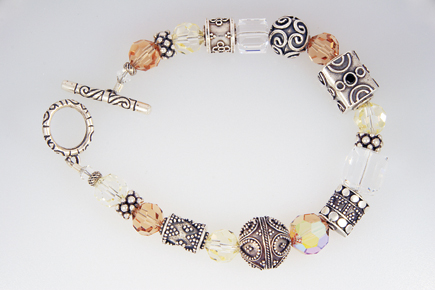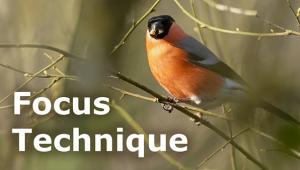The MK Gem eBox; A Self-Contained Box For Small Product Lighting Page 2
Watch
The jury is out in deciding which approach worked best with the watch: halogen
or fluorescent. Fluorescent lighting (left) produced a cleaner-looking image.
However, tungsten (above) gave the watch more sparkle and depth. It also added
double shadows from the hands.


Glass And Porcelain
Next, we come to the porcelain vase. Here I cut a sheet of vellum paper and
planted it so that it swept up in back, behind the subject, matte side up. This
shot was of course taken through the open front panel, from a raised viewpoint.
The porcelain vase, being opaque, was simple to tackle. It was important to
avoid glaring hot spots and to fill in detail at the front. The wraparound fluorescent
lighting was the obvious answer.

Bracelet
The most time-consuming subject was the designer bracelet. Made of a combination
of genuine crystal and sterling silver beads, it was the first subject photographed
at length in the Gem eBox, and possibly the most demanding. With the crystal
beads, too much exposure would have rendered these objects practically invisible.
I photographed the bracelet by halogen and fluorescent lighting in turn, and
from different angles. The designer preferred the tungsten renditions in all
cases shown here, especially from a frontal angle, where limited depth of field
played a role. When I moved the camera to an overhead position, I found that
angling the camera slightly did a better job of retaining the brilliance in
the translucent beads. Shooting straight down produced the least satisfactory
results with either lighting system. Tungsten lighting does have its downside:
a hot area visible to the left and right, although I can live with it.



Tips For Using The Camera Bracket
· Align the camera so that the lens is not blocked by the rim of the hole
on top of the Gem eBox. There is some margin for error, depending on the size
of the lens. This aperture may be too small for fast optics with a large lens
barrel diameter.
· The manufacturer recommends use of a point-and-shoot camera, not an
SLR, with the bracket. This is primarily a weight consideration.
· Turn the camera on before attaching to the bracket. This will prevent
the roof of the unit from interfering with the movement of the zoom lens as
it extends, in case the camera is not properly aligned before it's switched
on. Preferably, lens movement should be internal. This way there is less chance
of interference.
· When using an SLR, use the front panel access on the Gem eBox,
or remove the bracket and use a tripod with a cantilevered centerpost for overhead
shots.
Pricing And Information
The MSRP on MK Digital Direct's Gem eBox is $495. For more information
on the Gem eBox (and other self-contained lighting systems), check out the following
website: www.mkdigitaldirect.com.
You may also contact MK Digital Direct at 8580 Avenida de la Fuente, Ste. F,
San Diego, CA 92154; (800) 258-6230, (619) 661-0628.
- Log in or register to post comments

































